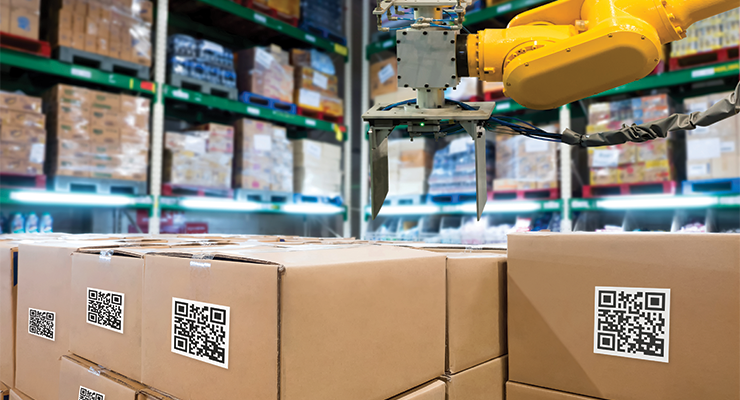4 Strategies Packaged Goods Companies Can Apply Now
By Laszlo Moharita, J&J Consumer Products | 06.01.20
Covid-19 has introduced many new challenges—here’s what companies can do to get ahead.
The current healthcare crisis has challenged the way companies, brands, suppliers, and organizations in the packaging space plan, develop, and deliver products to both customers and consumers.
On the upside, demand has increased sharply for packaging components in the healthcare, grocery/take-out, and e-commerce spaces. On the flip side, industrial and luxury goods have seen a negative impact as consumers are switching to more basic product staples.
Brands with retail-only footholds have been severely impacted, as go-to cosmetic stores like Sephora and ULTA have temporarily closed their retail fronts, while some Instagram-only startups and e-commerce brands continue to move forward. In some cases, the e-commerce-focused companies see an uptick in their sales, however many have had a negative impact on fulfillment and delivery times as this crisis strains these functions.
Larger brands have scaled back on offline/physical retailer forecasts while managing the switch to online commerce, and in some cases moving much of the reporting from monthly to weekly occurrences to navigate through the volatility.
Suppliers in general saw an increase in orders at the beginning of the pandemic as many companies stockpiled components to manage the crisis.
Depending on where they are in the world, suppliers may now have to operate with skeleton crews and reduced hours while at the same time managing manufacturing to keep up with weekly forecasts.
4 Strategies
Amid this crisis, there are a few things packaged goods companies can apply regardless of where they sit in the supply chain:
—First and foremost, e-commerce has become the most important place for brands to connect with consumers and there is an opportunity to make this connection even more personal. This is something that cannot be achieved to the same degree at a retail store. Additionally, for companies that have considered traditional retail their prime source of growth, this crisis has accelerated the need to grow their online presence.
—Second, this crisis is an opportunity for companies to refocus their priorities—from the number of projects they initiate to the type of product offerings they choose to support. This is a time to reduce complexity and optimize resources as the current economic conditions force organizations to take fewer but more impactful initiatives. Some companies may choose to drive growth through stores with a smaller footprint, a broader price range, and more exclusive brands.
—Third, the crisis is forcing companies to take a second look at their business continuity strategies and to consider stronger regional, country-specific networks to avoid future disruptions that are similar in nature.
—Finally, as e-commerce gains popularity in the months and years ahead, companies should be using this time to fine-tune their sustainability initiatives. Though currently many companies may rightly choose to place sustainability on the backburner to attend to more pressing concerns related to the crisis, the need for more sustainable solutions will heighten post-crisis as e-commerce takes a stronger foothold.
ABOUT THE AUTHOR
Laszlo Moharita is head of global R&D e-commerce and new business initiatives, Johnson & Johnson Consumer Products—and a member of Beauty Packaging’s Board of Advisors.















